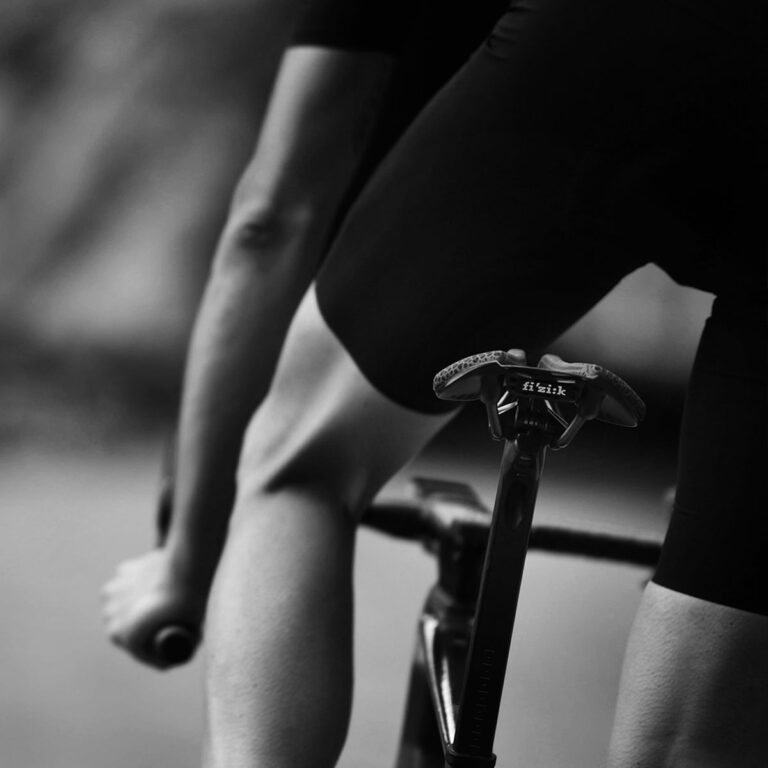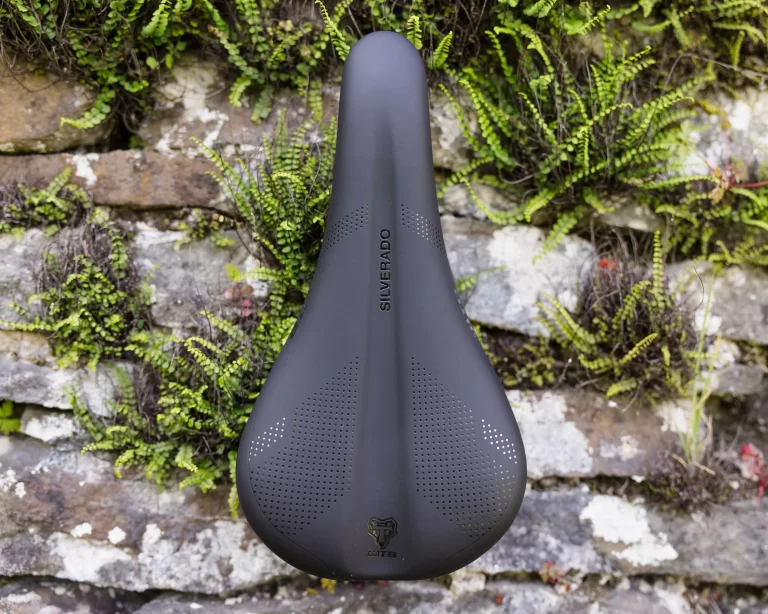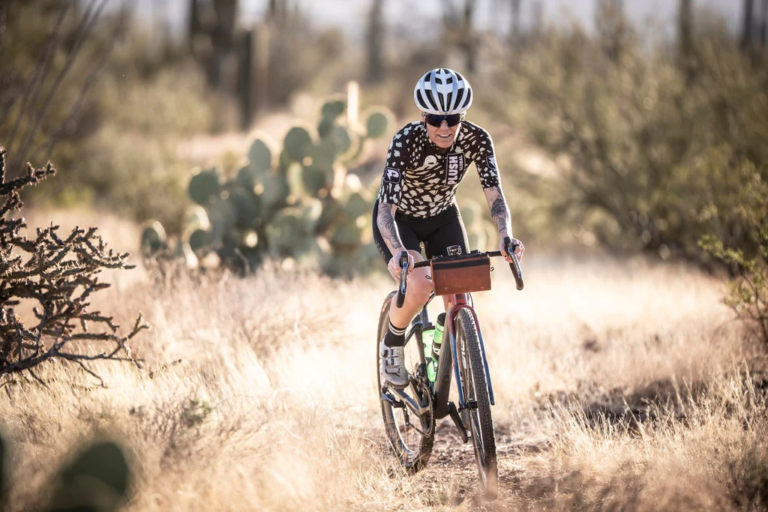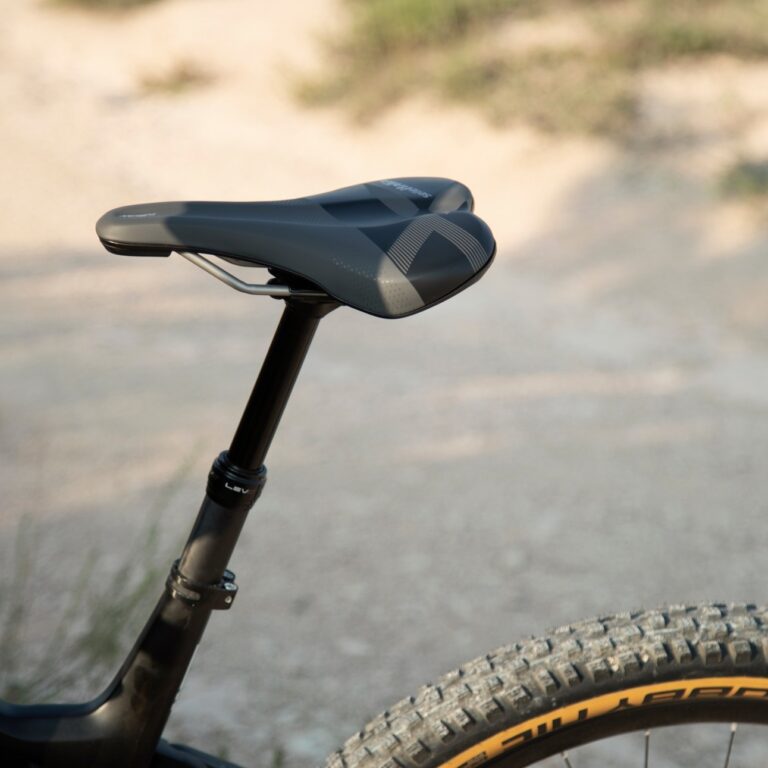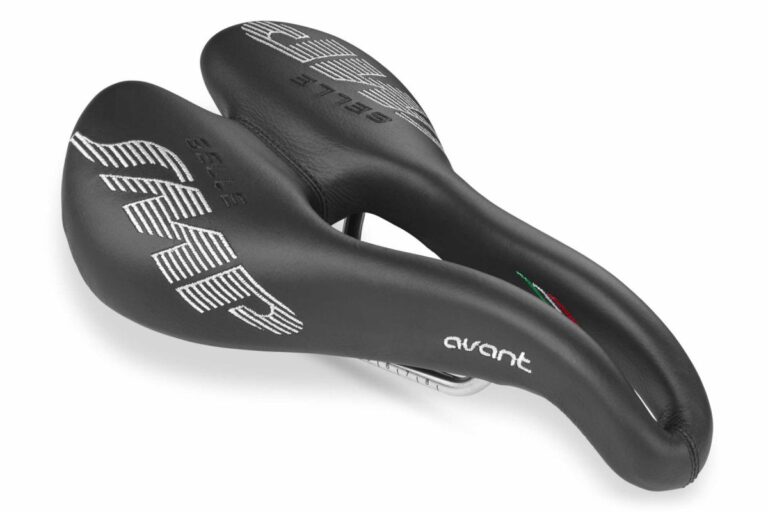Impact of Saddle Position on Riding Efficiency
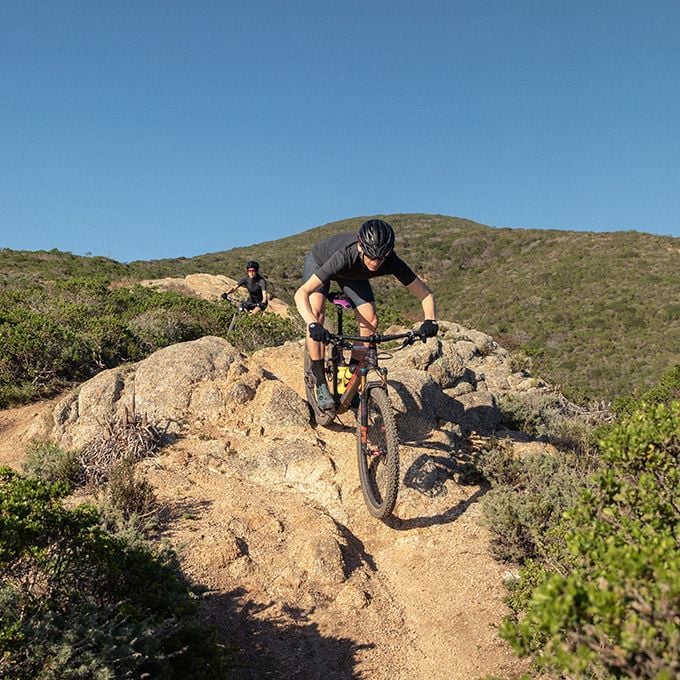
Key Point Summary of Impact of Saddle Position on Riding Efficiency:
- Saddle Height: Optimal height improves leg power and reduces fatigue.
- Saddle Fore/Aft Position: Affects balance over the pedals for efficient power transfer.
- Saddle Tilt: Influences comfort and stability, impacting endurance and power.
- Biomechanical Efficiency: Proper alignment reduces the risk of injury and increases comfort.
- Periodic Adjustments: Regular checks and adjustments are crucial as your riding style evolves.
The Vital Role of Saddle Position in Cycling Efficiency
As someone deeply involved in the cycling world across various disciplines—mountain biking, gravel riding, and cyclocross—I’ve come to appreciate the nuanced yet profound impact saddle position has on riding efficiency. The right setup not only enhances comfort but significantly boosts performance.
Saddle Height: The Foundation of Power
The journey to optimizing my cycling efficiency began with understanding the importance of saddle height. Too high or too low, and you’re either overextending or underutilizing your leg muscles, leading to quick fatigue and reduced power output. Finding that sweet spot where your leg is almost fully extended at the bottom of the pedal stroke, with a slight bend in the knee, is key. This position maximizes power while minimizing effort, a lesson I learned after many trial-and-error adjustments.
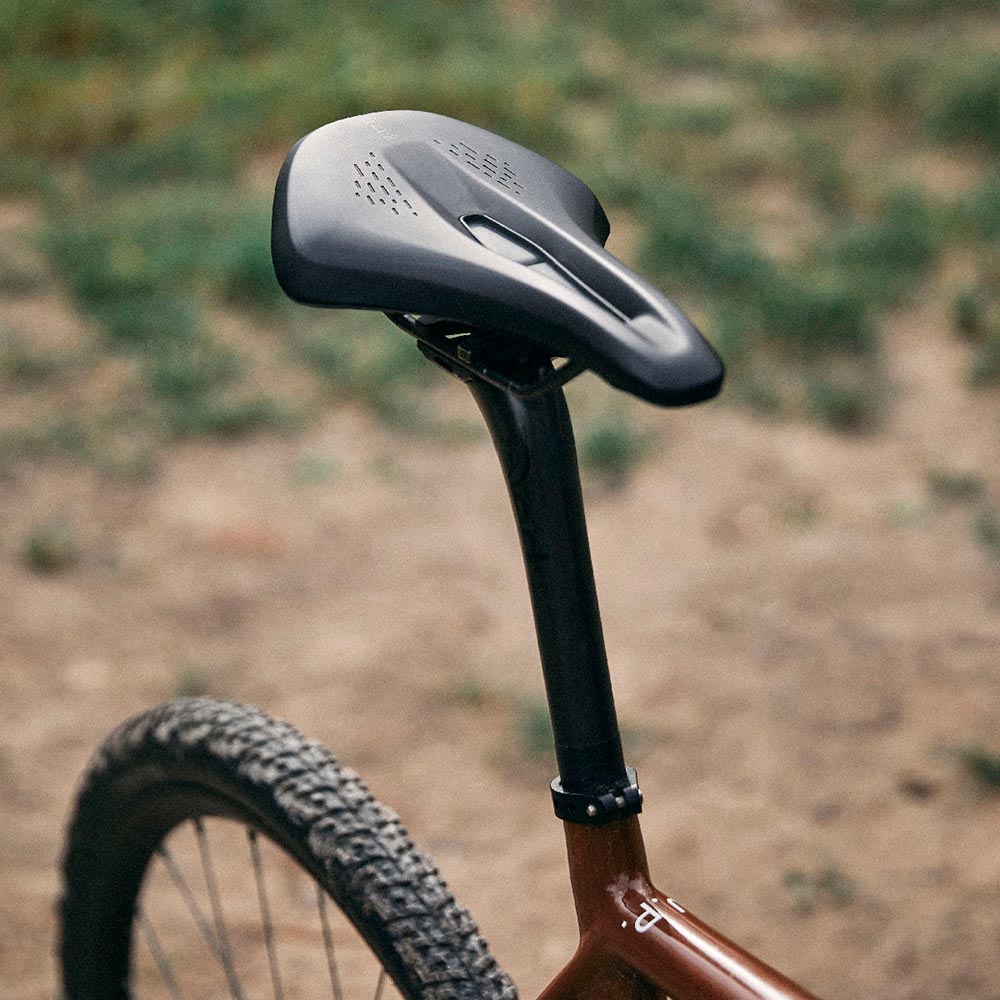
Fore/Aft Position: Balancing Act for Optimal Power Transfer
Adjusting the saddle’s fore/aft position profoundly affects how well you can balance over the pedals, impacting your ability to efficiently transfer power to the bike. A position too far forward or back can throw off your center of gravity, leading to inefficient pedaling and unnecessary strain. I’ve experienced both scenarios—too forward, causing undue pressure on my hands and arms, and too back, making me feel as if I was constantly pushing uphill even on flat terrain.
Saddle Tilt: A Fine Balance Between Comfort and Performance
The angle of the saddle can significantly affect your comfort and, subsequently, your endurance and power on long rides. A slight downward tilt might relieve pressure on sensitive areas, but too much can have you sliding forward, putting extra pressure on your arms and shoulders. Conversely, a tilt too far up can cause discomfort and reduce your ability to pedal effectively. Finding that perfect angle required patience and minor adjustments based on feel and feedback from my body during rides.
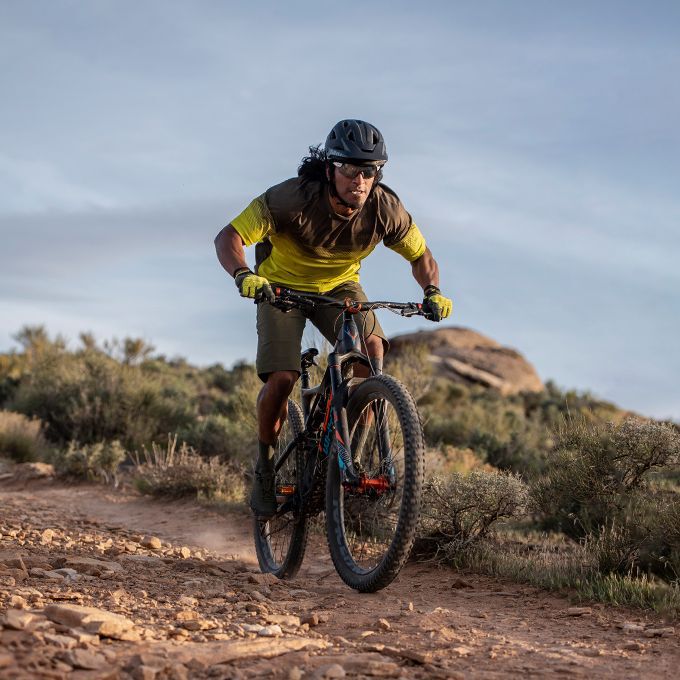
The Biomechanics of Efficient Riding
Understanding the biomechanics of cycling—how your body interacts with the bike—has been crucial in appreciating why saddle position matters so much. A well-positioned saddle supports proper hip, knee, and foot alignment, reducing the risk of injuries and ensuring the most efficient use of energy. It’s fascinating how small adjustments can lead to noticeable improvements in comfort and endurance, underscoring the interconnectedness of our biomechanical system.
The Importance of Periodic Adjustments
Our bodies change, and so do our riding style and preferences. What worked well one season may not be optimal the next. Regularly revisiting and adjusting saddle position has been vital in maintaining high efficiency and comfort. It’s a practice I recommend to all cyclists, regardless of their experience level.
Impact of Saddle Position on Riding Efficiency: In Conclusion
The quest for the perfect saddle position is a continual process of refinement and adjustment, reflecting the dynamic nature of cycling itself. By understanding and applying the principles of saddle height, fore/aft position, and tilt, cyclists can significantly enhance their riding efficiency, comfort, and overall enjoyment of the sport. It’s a journey well worth embarking on, filled with personal discoveries and improvements along the way.
This structure provides a comprehensive guide to writing an article on the impact of saddle position on cycling efficiency. It combines technical advice with personal insight, making it accessible and engaging for cyclists looking to improve their performance and comfort on the bike.
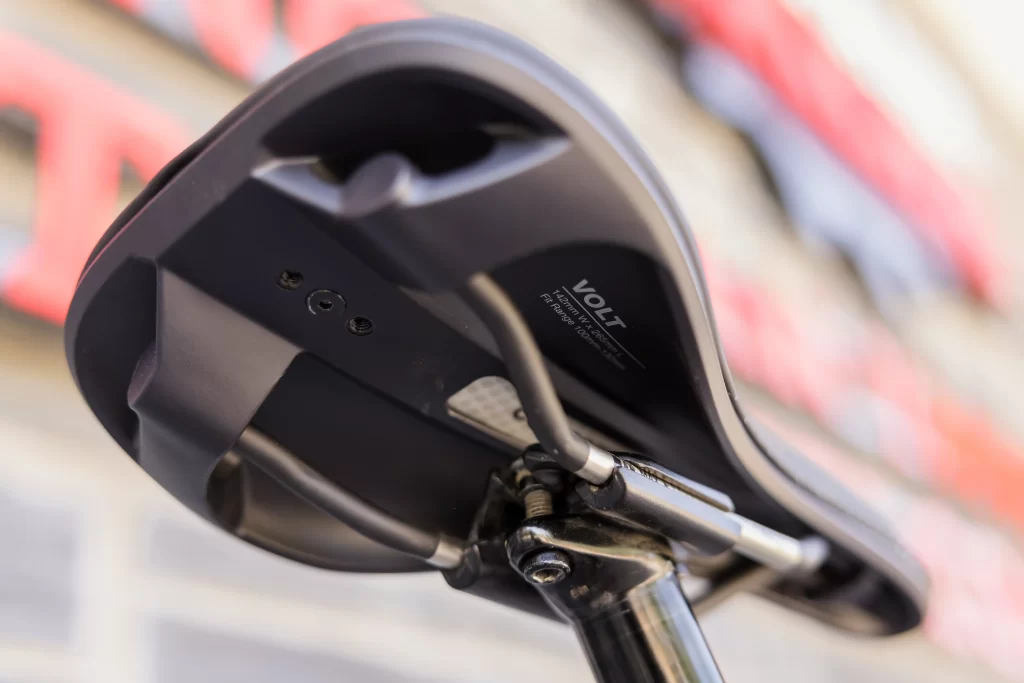
Choosing the best saddle model for riding efficiency in mountain biking depends on several factors, including your riding style, body geometry, and personal comfort preferences. However, a few models stand out for their design, which aims to enhance riding efficiency and comfort, especially over rough terrain. Here are some highly regarded options:
- WTB Volt: Known for its versatile shape that suits a wide range of riders and riding styles, the WTB Volt features a slight whale tail and gentle drop to the nose that supports riders in aggressive riding positions while providing comfort during climbs.
- Ergon SM Pro: Ergon’s focus on ergonomics shines in the SM Pro, designed specifically for mountain biking. The saddle reduces pressure on sensitive areas, thanks to its orthopedic foam padding and a relief channel, enhancing rider comfort and efficiency on long rides.
- Specialized Phenom Comp: With a design focused on both comfort and efficiency, the Specialized Phenom Comp is lightweight and features Adaptive Edge technology, where the outer edge can adapt to your body for a custom fit. Its rounded tail and slight rise to the rear provide support when pedaling hard.
- Fizik Terra Alpaca X5: The Terra Alpaca X5 is designed for endurance mountain biking, featuring a waved shape that helps maintain position and control. Its robust construction and additional padding are ideal for absorbing trail vibrations, reducing fatigue, and increasing efficiency.
- SDG Components Bel-Air 3.0: The latest iteration of the classic Bel-Air line, the 3.0 model, incorporates an ergonomic design with a rear rise platform, providing enhanced pelvis rotation and support for all riding positions. Its design is aimed at optimizing rider movement and efficiency.
When selecting a saddle, consider factors such as the width of the saddle in relation to your sit bones, the type of padding, and the overall shape. A proper bike fit session can also greatly help in choosing the right saddle by analyzing your riding position, flexibility, and other factors unique to your physiology and riding style.
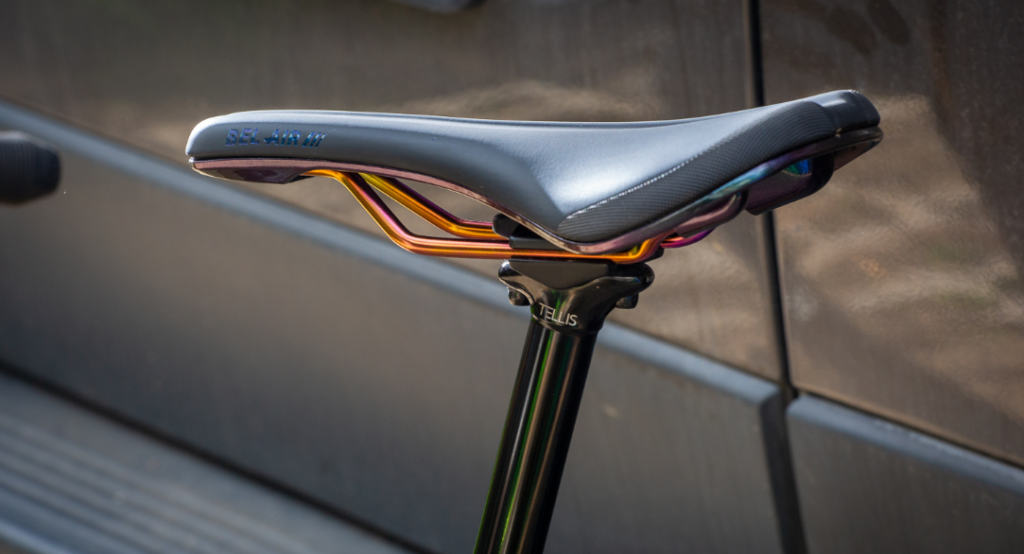
FAQ
What happens if your saddle is too far forward?
If your saddle is too far forward, it can cause knee pain, increased pressure on your hands and arms, and can lead to inefficient pedaling, reducing power output.
What is the best position for a bike saddle?
The best position for a bike saddle is one where it’s level (or slightly tilted forward for comfort), at a height that allows a slight bend in the knee at the bottom of the pedal stroke, and positioned so your knee is over the pedal spindle when the pedal is at 3 o’clock.
What happens if saddle is too high?
If the saddle is too high, you might rock your hips while pedaling, causing lower back pain or discomfort, and potentially leading to knee strain due to overextension.
What happens if my saddle is too low?
If your saddle is too low, it can lead to knee pain from excessive bending, reduce your pedaling efficiency, and increase the risk of injury due to the compacted position.
Ride on
John
